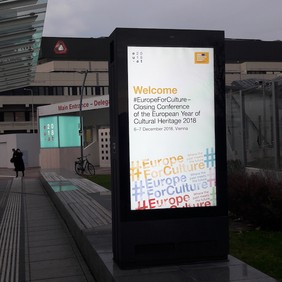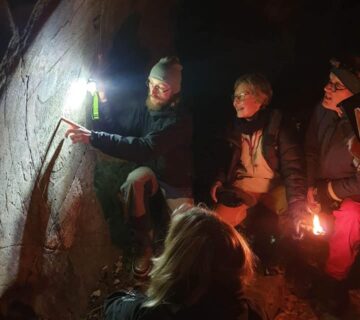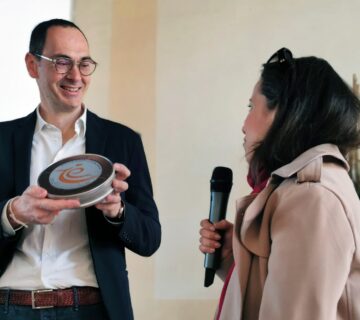Under the moto ‘Discover your cultural heritage!’ the first day invited participants to explore material and immaterial cultural heritage. The five different routes linked three thematic exhibitions each within the Viennese Inner City.
The conference on the second day was focused, on the one hand, on presenting the variety of activities carried out during the EYCH and, on the other hand, on the question, What remains of the Cultural Heritage Year and how can ideas be further developed and integrated into cultural policies?
The event was opened by high-profile officials from Austria and the EU, among them Tibor Navracsics – European Commissioner for Education, Culture, Youth and Sport. Peter Frankopan gave a keynote on Europe’s Cultural Heritage – Past, Present and Future, introducing a panel discussion on the role of culture in society as seen from various perspectives and on possible cultural policy interventions to promote democratic participation in cultural heritage.
The afternoon parallel sessions and meet-ups highlighted the burning issues of cultural heritage from different perspectives:
- Responsibility for cultural heritage: the youth’s role
- Cultural heritage and sustainable development
- Facing the challenges of cultural heritage
- Skills, training and knowledge transfer: traditional and emerging heritage professions
- Sustainable cultural tourism
- The impact of cultural heritage: a case study
Heritage interpretation popped up throughout the programme especially through the importance of education as well as storytelling and local communities. Mara Balestrini gave an inspiring talk on the relevance of mobile hardware, social media and the digital dynamics on the crowd-driven creation of storytelling. The discussion rounds also had the theme of the process of ‘Disneyfication’ and its correlation with cultural tourism.
Summing it up, the event looked back on the European Year of Cultural Heritage 2018 and raised more questions than answers. The year provided a stage for several initiatives and projects which will have to continue during the next years and upon which new programmes can be built – in this sense the EYCH2018 was a kick-off for a continuous and more engaged approach to cultural heritage and paved the way for the recognition of heritage interpretation to bring together different fields and the general public alike.
Claudiu Silvestru is an architect and is IE’s Architects Coordinator. He can be contacted at: claudiu.silvestru@interpret-europe.net.
To cite this article:
Silvestru, Claudiu (2018) ‘#EuropeForCulture’. In Interpret Europe Newsletter 4-2018, 31.
Available online:
www.interpret-europe.net/fileadmin/Documents/publications/Newsletters/ie-newsletter_2018-4_winter.pdf




